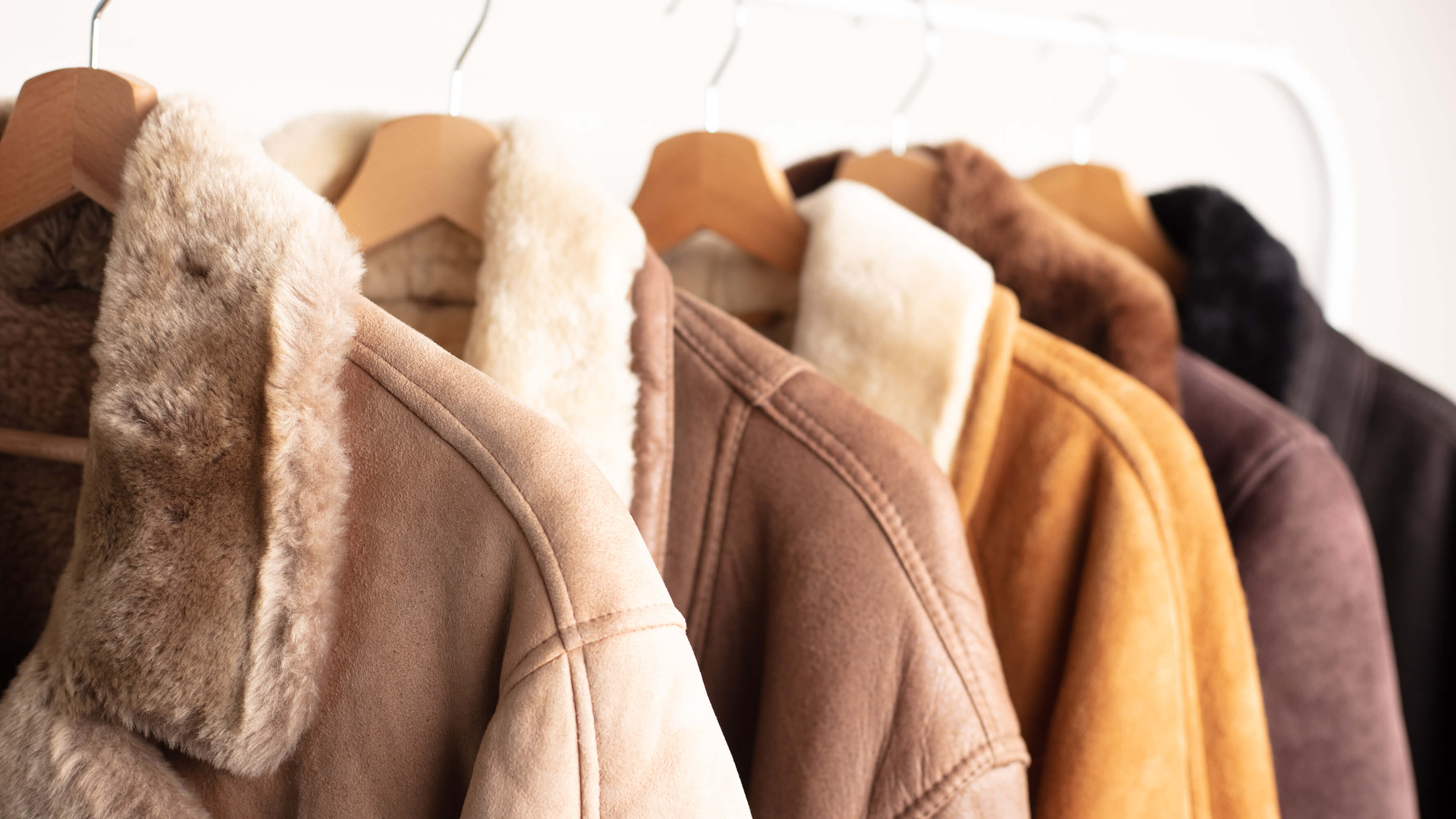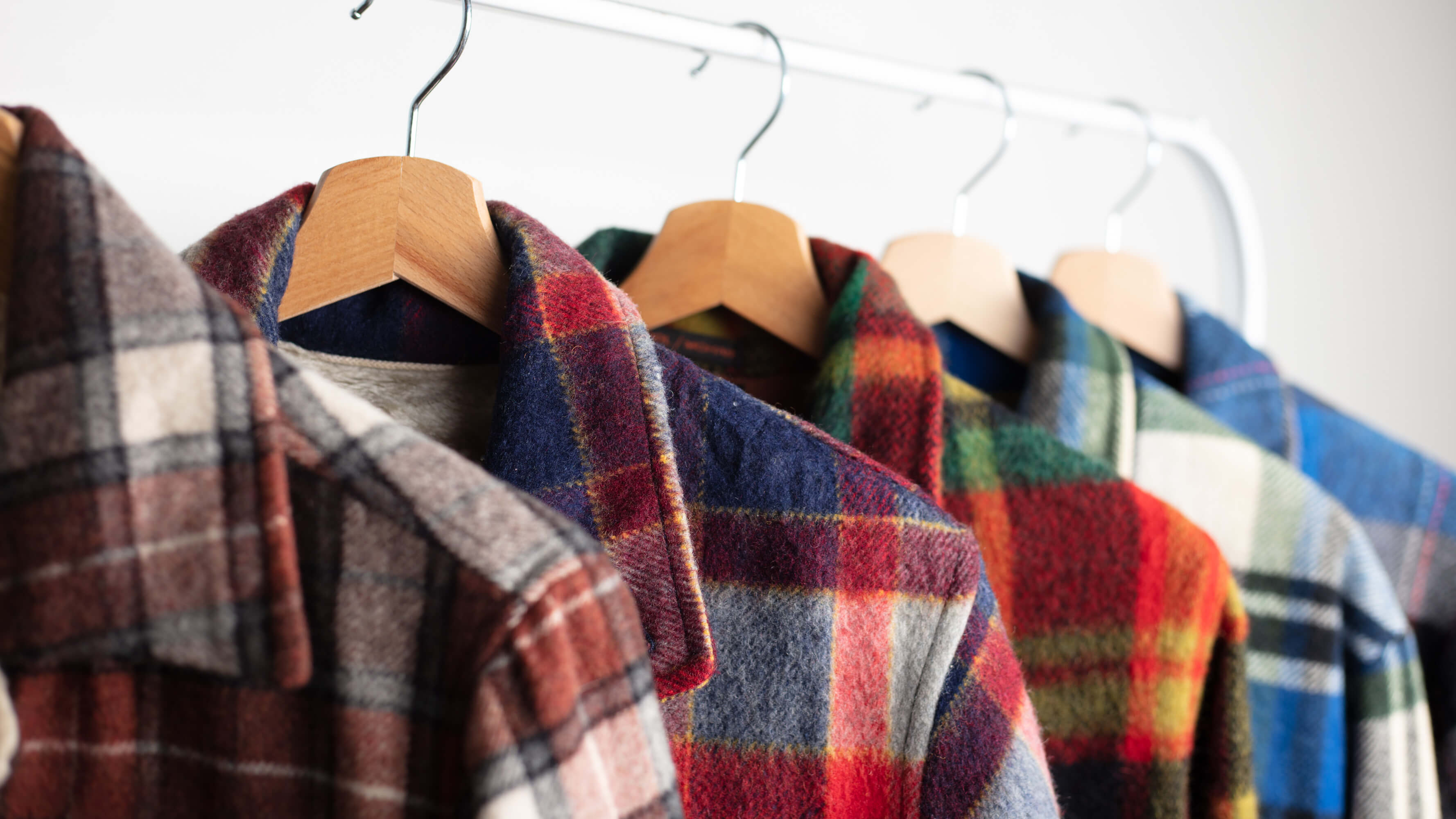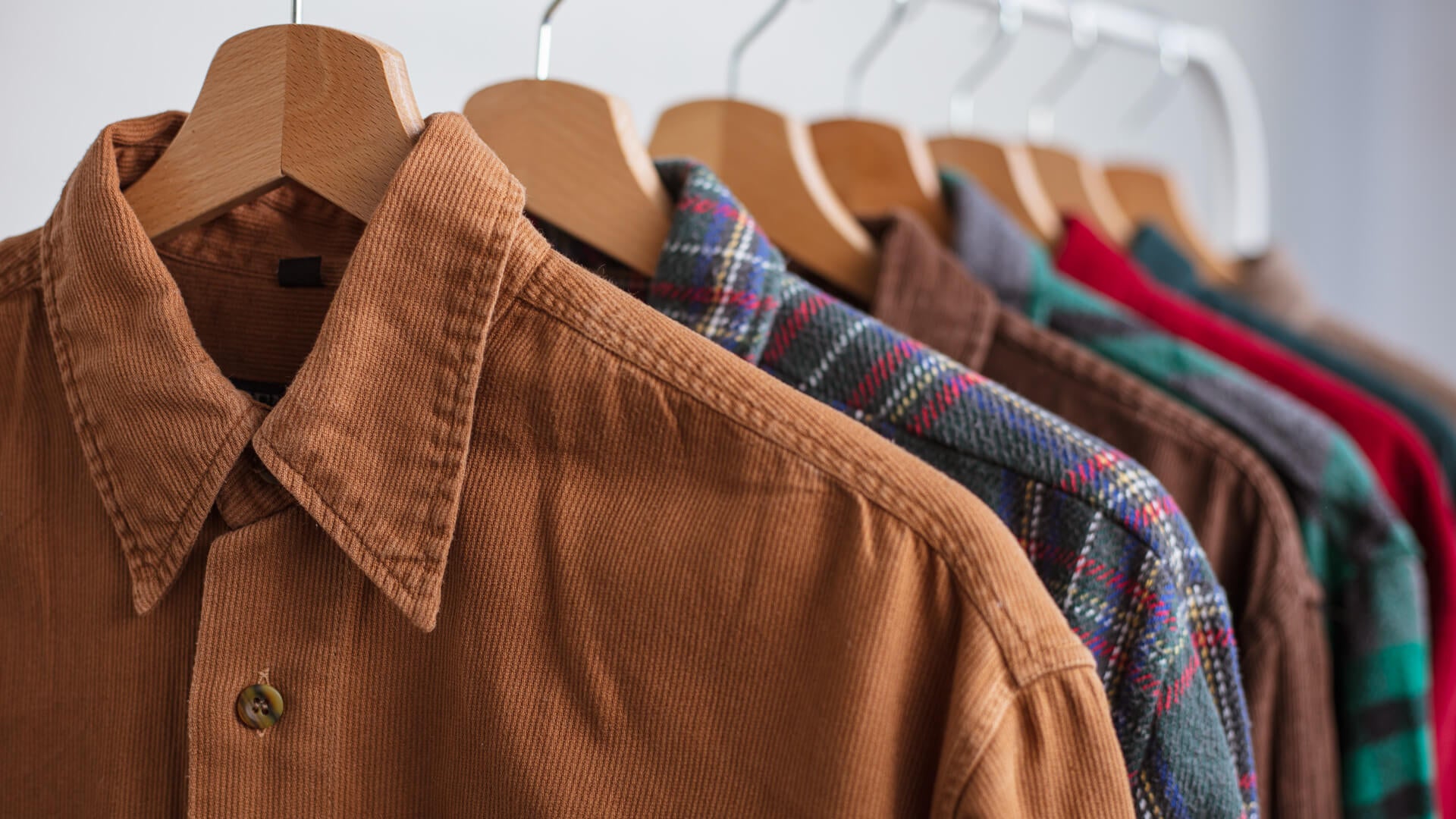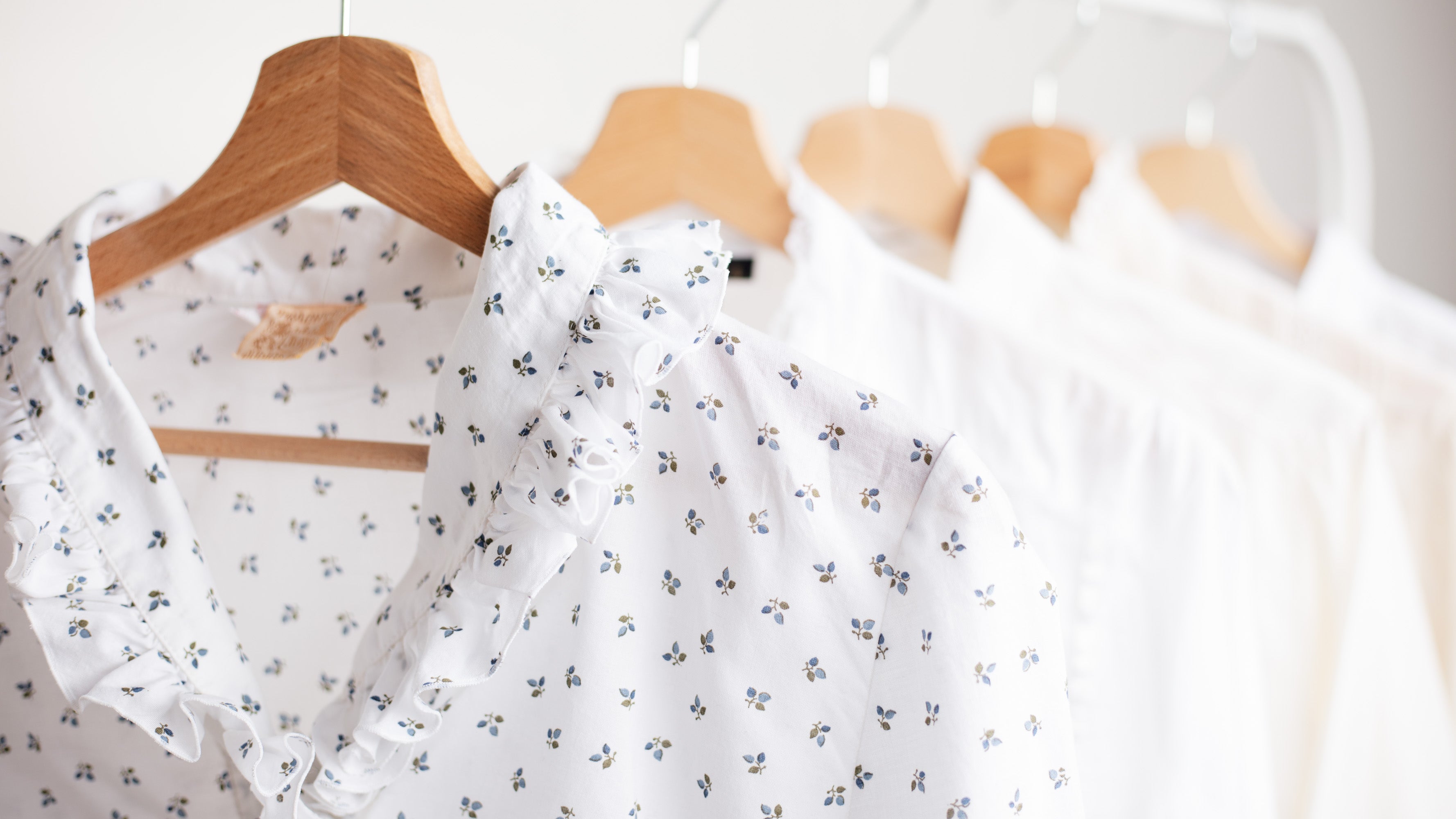Vintage Clothing as an Ethical Alternative to Fast Fashion
THE ECONOMY OF THE FAST FASHION
It is a well known fact, that when it comes to assessing the dangers of climate change, one of the most polluting human endeavors is a fast fashion business. It is an enormous profit-at-all-costs driven modern production machine that churns out million tons of clothing only to be disposed after a few wears. It is different from a classic model of mid 20th century fashion industry that typically offered collections based on four seasons.
The production intensity over the decades have snowballed in to a 30 collections per year for retailers like Zara, 16 H&M “micro-seasons” and extremes like Topshop with their 400 new styles per week. They all compete for market space with a competitive low pricing that is attained by producing grand volumes and cutting corners such as the quality of fabric, tailoring and labor conditions.
Fast fashion is constantly filling it's inventory with ever-changing “newest” trends that are already a thing of the past when they land in the shop. These tactics inevitably discard notions like quality and longevity in the landfill together with the heaps of fast fashion trash. Of course, the production principles of fast fashion is far from being something unique.
It is merely a logical consequence of turbo-consumerism with its ruthless demand for continuous growth and competition at the expense of the environment and human welfare. Nowadays almost every field of production is guided by this “use and dispose” mentality. Goods are made to fail since the opposite would grind the gears of this consumerist system.

FAST FASHION AS AN ILLNESS AND VINTAGE AS A CURE
This has been the state of affairs for a while now andthe scientific community is warning us us about the looming threat of the climate change. These concerns have pushed people to seek alternatives to their consuming patterns. Among such alternatives, to name a few, is a zero waste movement that emerged as a way to fight the problem of the plastic pollution, different fair trade initiatives and the growing popularity of vegan diet.
In the context of fast fashion, one of the most viable alternatives is vintage clothing. Vintage generally refers to pre-used or deadstock garments that are at least 20 years old, but there are alternative definitions that draw the line at the end of the 80s or even further. The most important thing, however, is the ethical dimension of choosing vintage clothing.
Compared to the environmental impact of the fast fashion industry, this type of clothing has a minimum ill-effects on ecology because reusing what has already been produced significantly saves resources, thus making it more environmentally sustainable. Also the overall quality of vintage garments are much higher than that of their fast fashion counterparts.
It is not a secret that being eco-conscious tend to entail some sort of sacrifice. Often in terms of available options, convenience or ability to cater to one's individuality. However, that is not the case with a choice to go vintage. It is exactly the opposite – vintage wardrobe is a way to showcase your individual style or to be a part of a contemporary trend with an authentic outfit from an era when clothing meant something and was made to last.
And it is this idea of promoting vintage as both as an ethical choice and exciting fashion statement that defines vision of the Northern Grip team. Our aim is to bridge fashion history with the present to help those in search for authentic style and a sustainable commerce.











